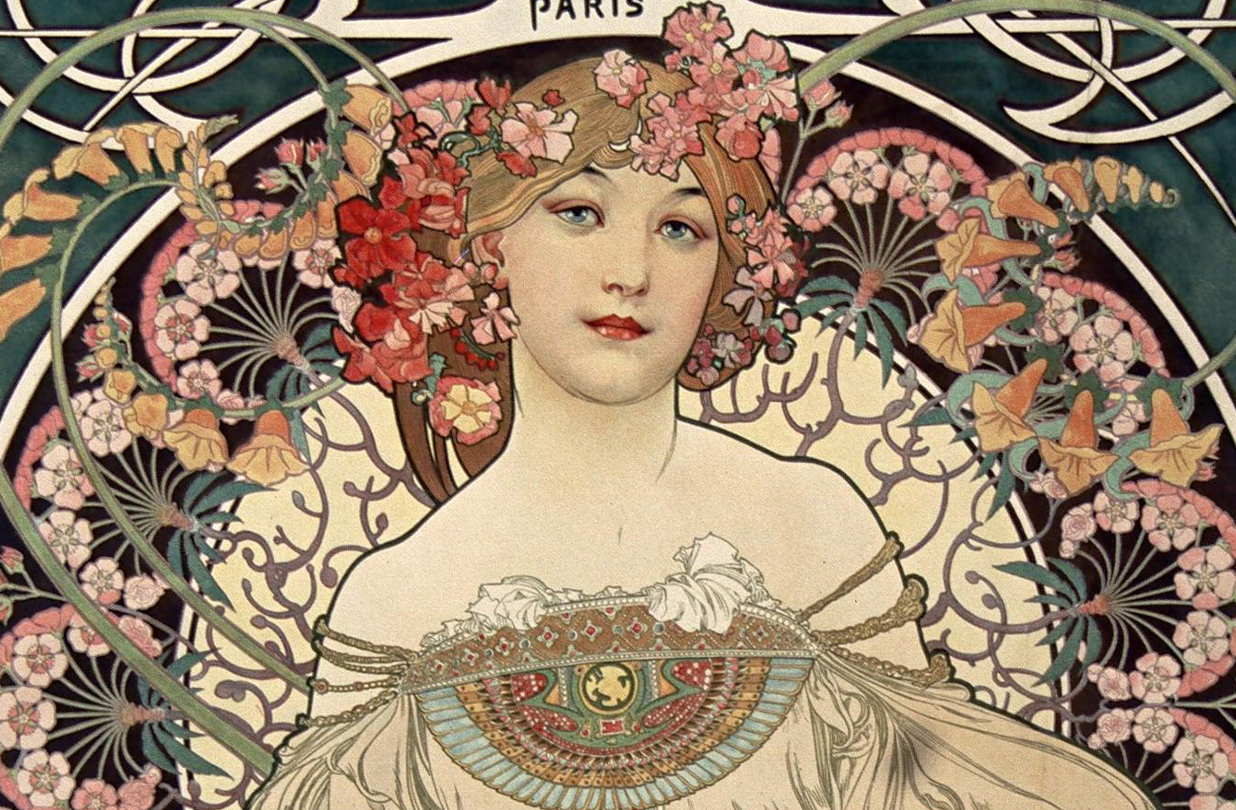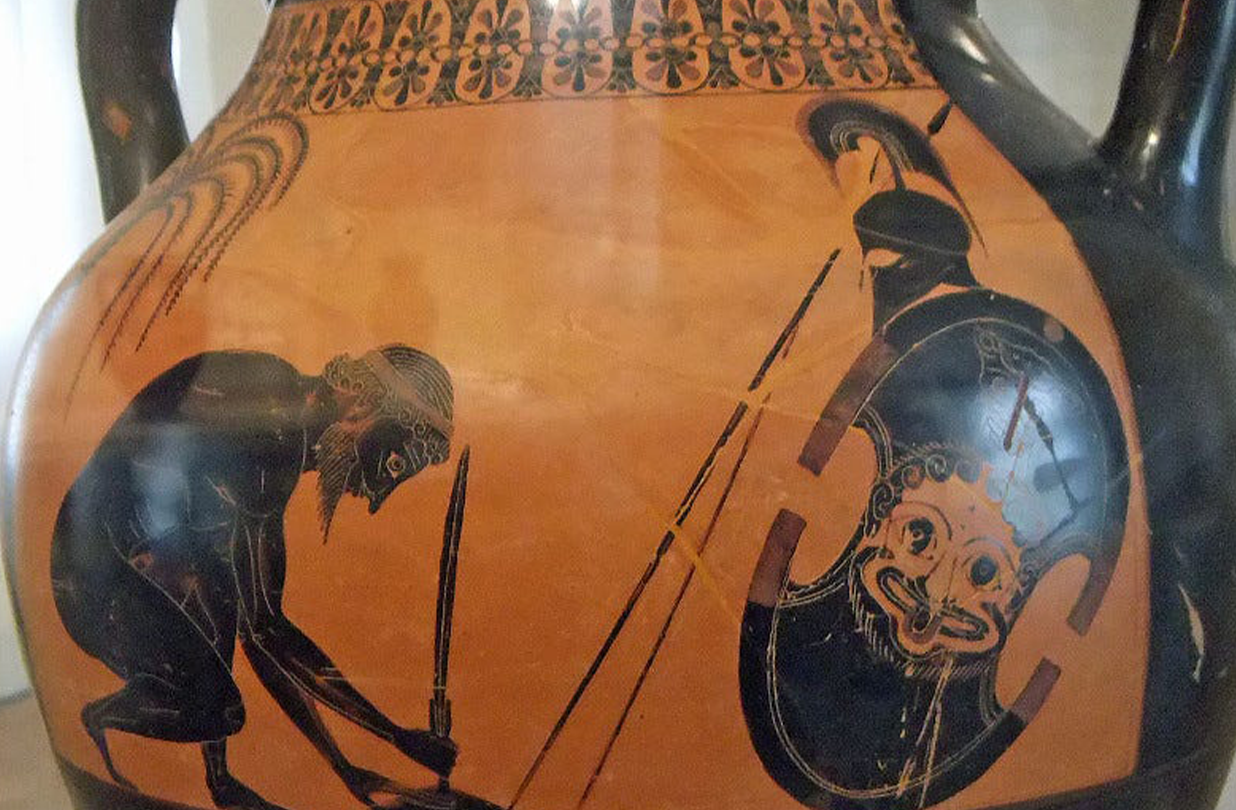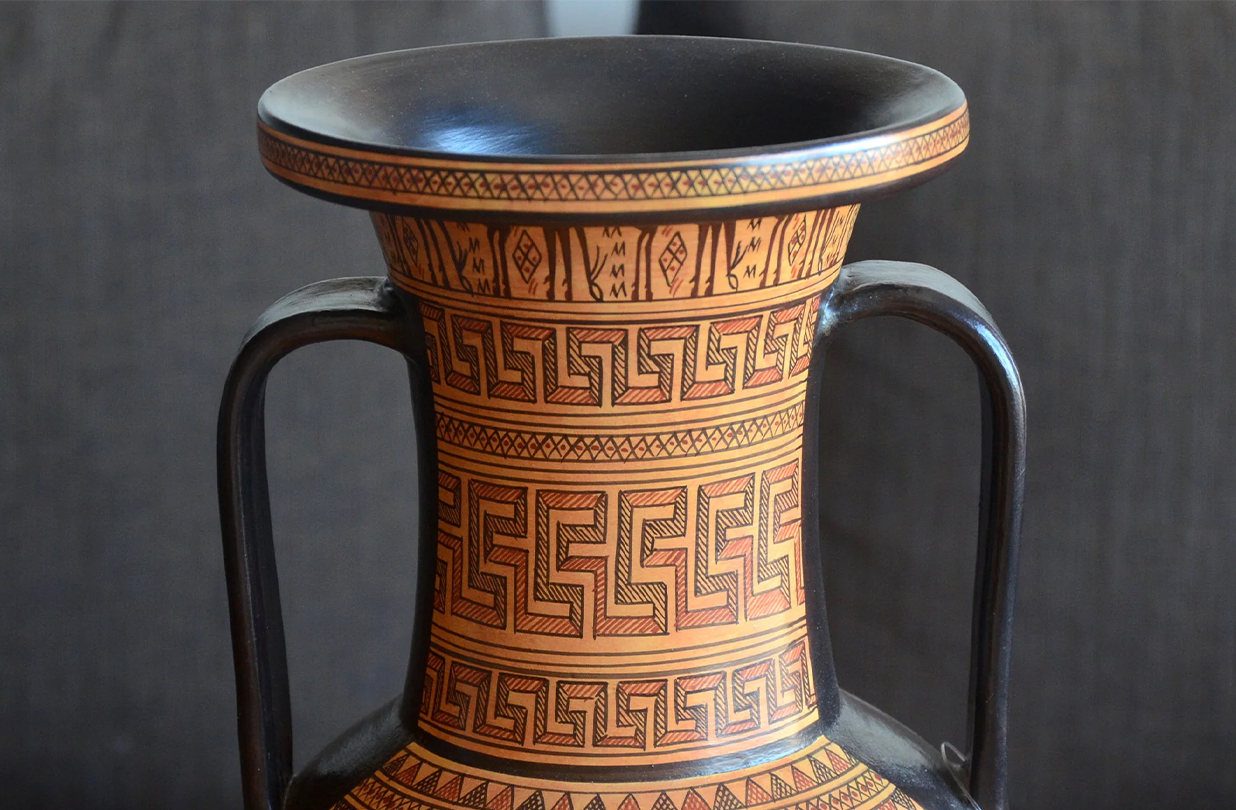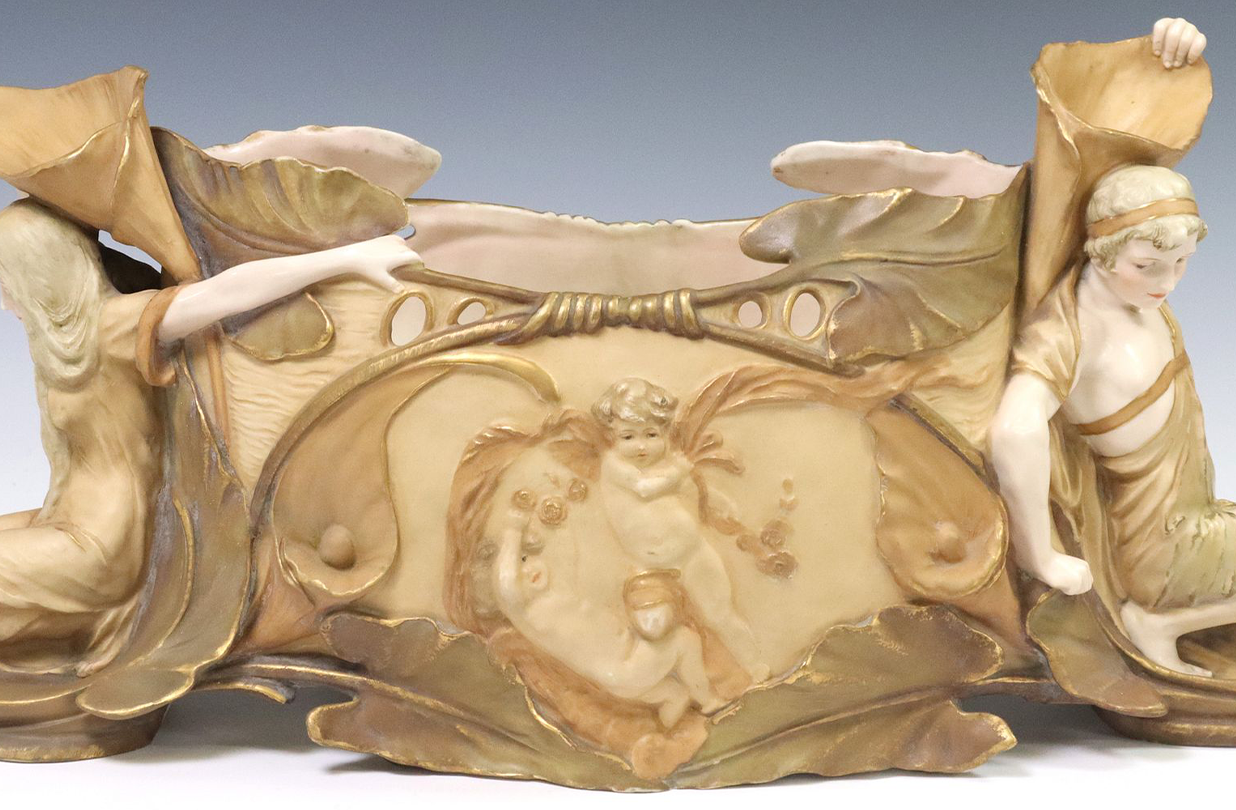
Art Nouveau is one of those design movements that people often recognize before they can define. The flowing lines, natural motifs, and elegant forms feel familiar — even if the name doesn't immediately register. But what exactly is Art Nouveau, and why does it still hold such influence today?






